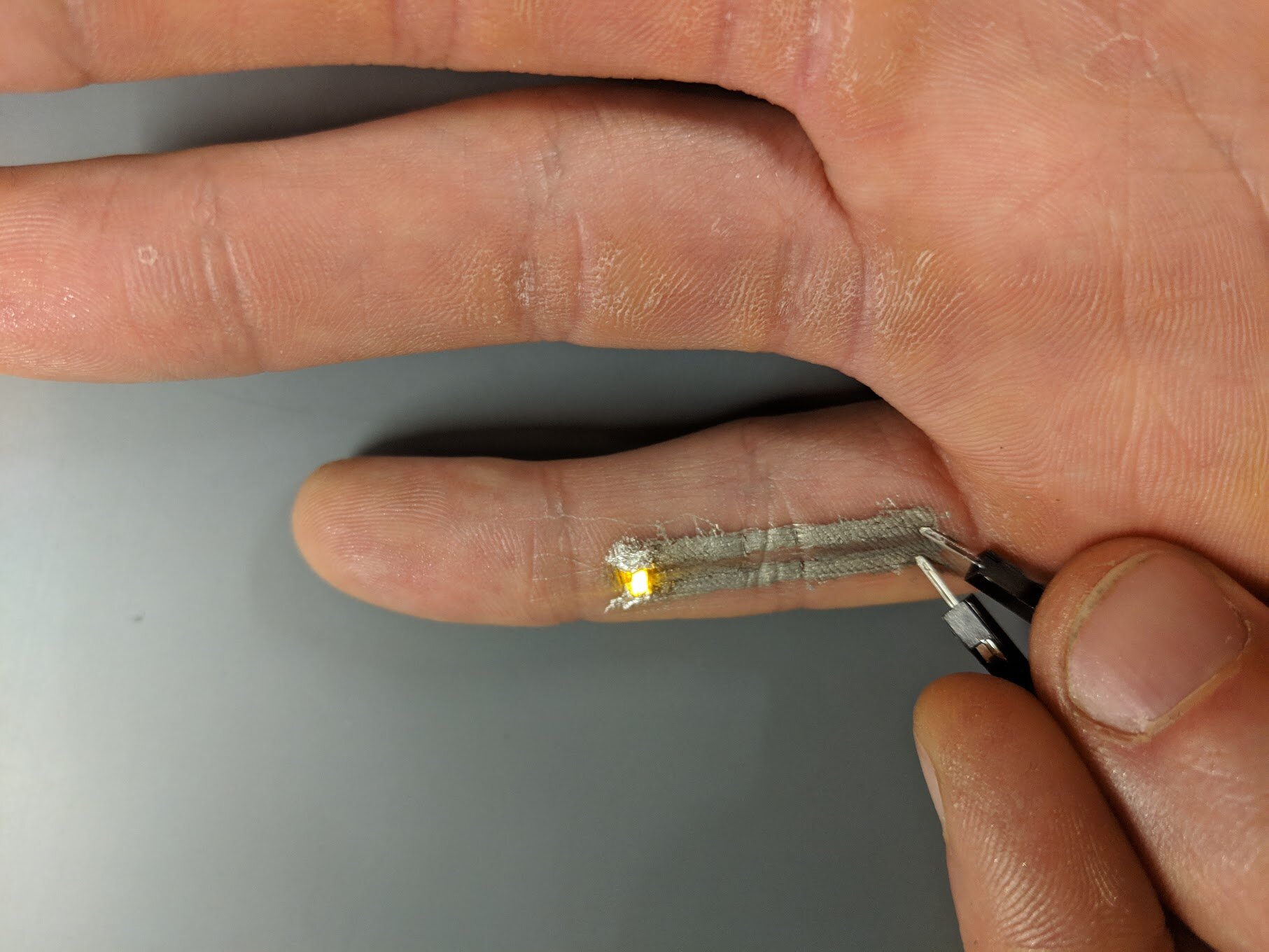Nanoengineered biosensors for early disease detection

University of Queensland researchers have developed biosensors that use nanoengineered porous gold which more effectively detect early signs of disease, improving patient outcomes.
Most diagnostic methods use costly materials and are time-consuming and expensive to run, but Ph.D. candidate Mostafa Masud and research supervisors Professor Yusuke Yamauchi and Dr. MD Shahriar Hossain have developed a cheaper, faster and ultrasensitive biosensor for point-of-care testing.
Mr Masud said the most exciting thing about the project was that it broke through some of the current limitations associated with early detection of diseases.
"This new diagnostic technique allows for direct detection of disease-specific miRNA, which wasn't previously possible," Mr Masud said.
"This is especially important for patients at an early stage of a disease such as cancer, who do not have detectable amounts of other biomarkers, but may have a detectable quantity of exosomal miRNA biomarker."
The platform was nanoengineered by the team to read samples of blood, urine, saliva or plasma through a surface covered in a gold film, which has millions of tiny pores.
The method used to create these highly-engineered porous films has been published in the prestigious science journal Nature Protocols following 15 years of research, ushering in a new era of opportunity for nanoporous materials research and technology development.
The team is continuing to develop this platform, and plans for it to be available to medical practitioners in the next five years.
"Doctors will be able to use our platform to take a small fluid sample from a patient and test for diseases instantly, for around one quarter of the cost of other diagnostic techniques," Professor Yamauchi said.
The researchers said the technology would be easy to use and particularly useful in remote locations and developing countries where rapid and early diagnostics were critical, especially in the case of viral infections.





